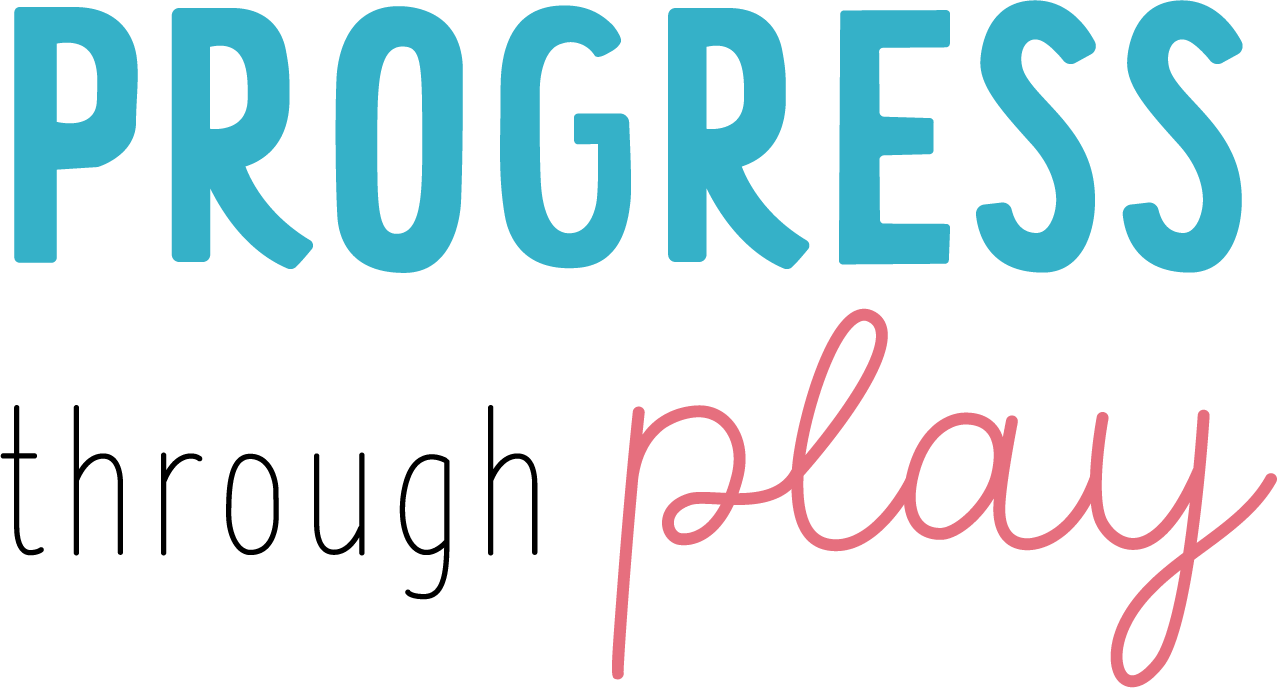Support Before and After Tongue Tie Release
No matter what comes up in our child’s life, we want to be able to support them in the best way possible. Starting day 1, we support their wobbly necks and heads, then we help them sit, crawl, walk, etc…
We’ll support our kids through every aspect of life, including their tongue tie release!
The biggest piece of information I want parents to have going into tongue or lip tie release procedure is that it is not a magical cure for all of the symptoms your baby may be experiencing. The procedure itself addresses the anatomy of your child’s frenulum, but it does not always automatically result in improved function of their tongue and mouth. Think about it, your child has been practicing sucking using a limited range of motion and they might not know how to utilize their tongue optimally once its mobility is increased post-procedure.
It is important to work with providers who can look holistically at the functioning of your child’s whole body to optimize the results of their tongue tie release. Don’t wait until after the procedure! Get the bodywork and functional therapies before AND after. By exercising the tongue and releasing tight muscles and fascia through physical therapy first, it allows your baby’s release provider to better visualize the frenulum for release. They will also gain mobility throughout their mouth and body to ensure optimal movement of the tongue after the procedure for improved function and wound healing purposes. A looser baby is a happier baby and I promise it makes the aftercare easier!
BENEFITS OF THERAPY + BODYWORK BEFORE AND AFTER A RELEASE:
Release any tension in their body so they can be more relaxed, comfortable, and move well
Loosen tight fascia in the face and mouth so the release provider can better visualize frenulum for the frenectomy
Prepare baby for the procedure by working on nervous system regulation, sensory inputs to the mouth, and happy oral play to build positive associations with oral exercise and massage
Evaluate baby’s current tongue function and begin strengthening and coordination activities that will continue post-release
Utilize developmental activities such as tummy time and rolling to help improve mobility and strength
Work with family, lactation professional and release provider to determine optimal timing of the release procedure
Begin working on optimal oral resting posture to improve breathing and sleep
Collaborate with IBCLC/lactation professional to work on breast or bottle feeding mechanics

